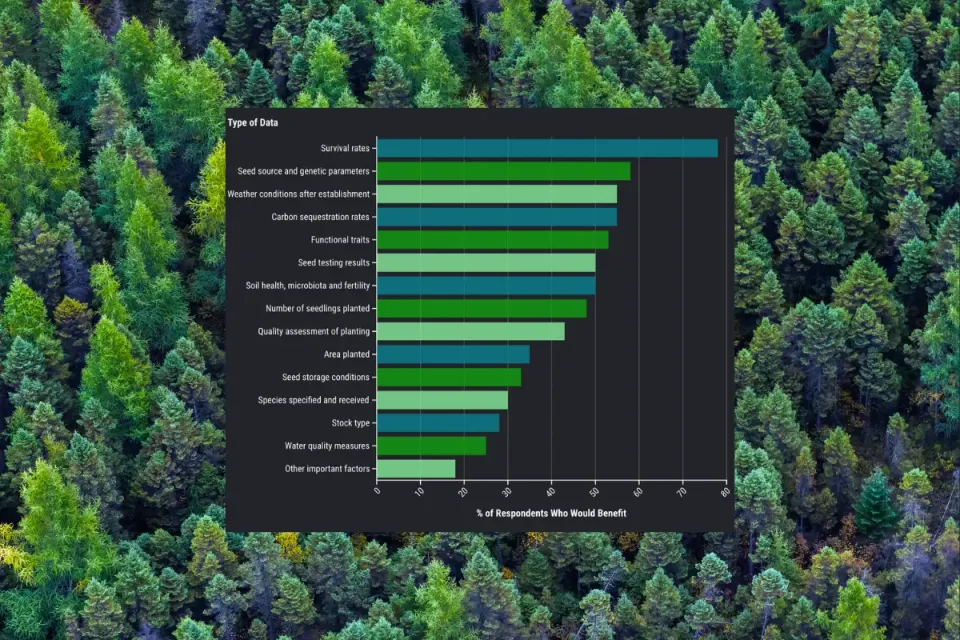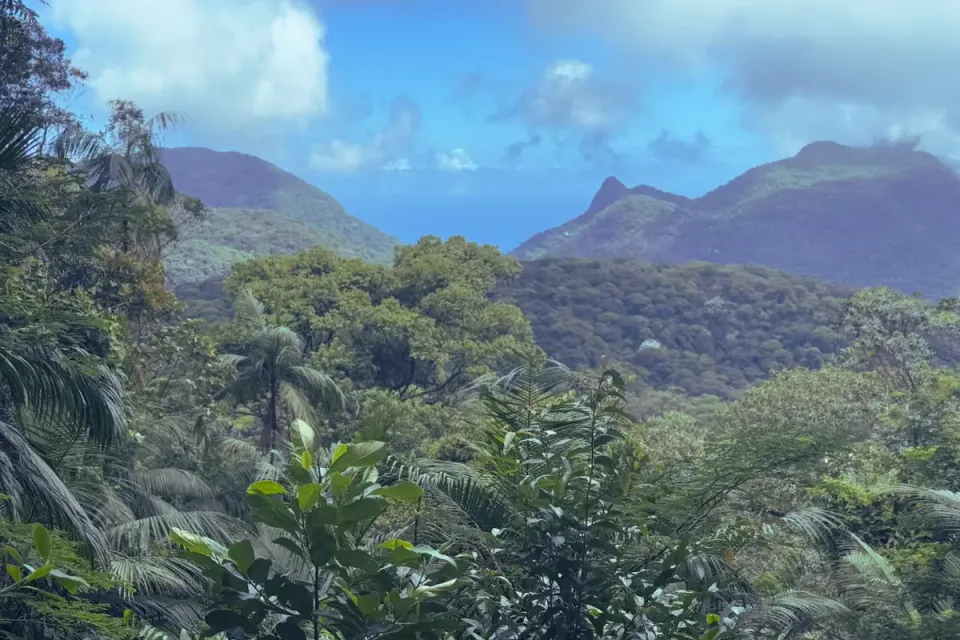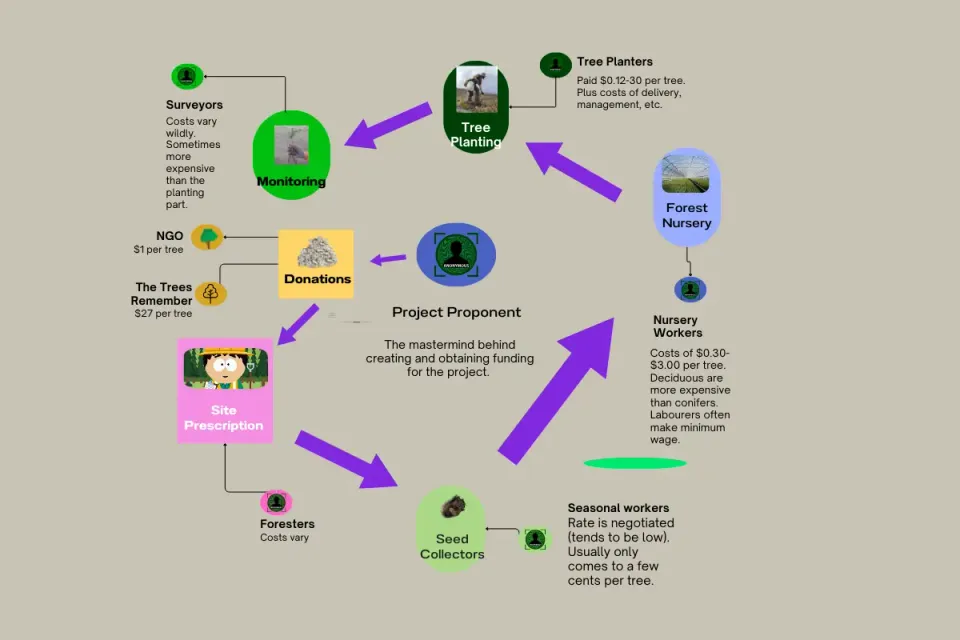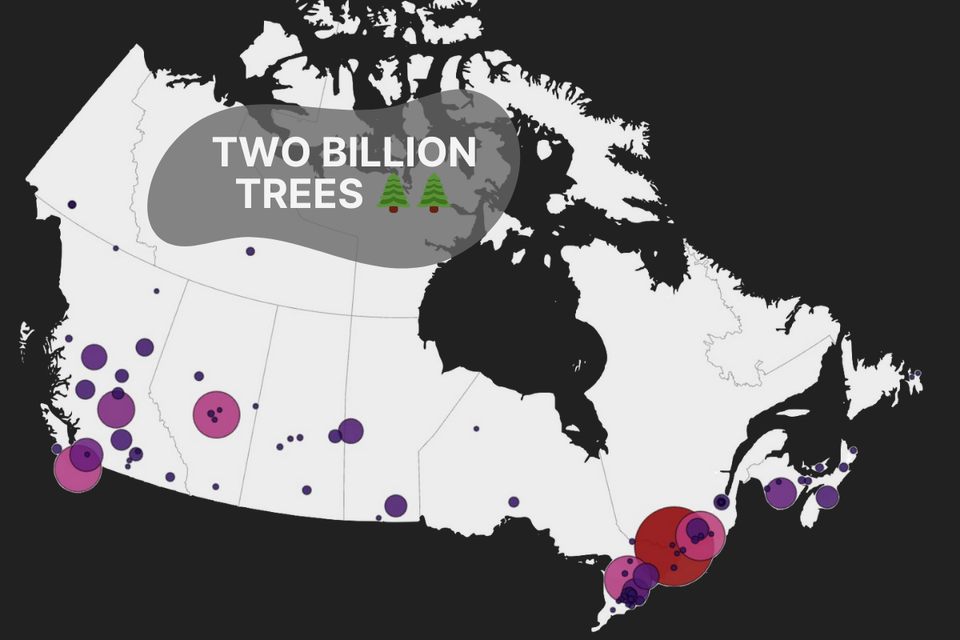Understanding Overtourism Means Understanding the Data
Learning that your hometown will be “invaded” by six million people, versus “just” 700,000, clearly has a different impact.
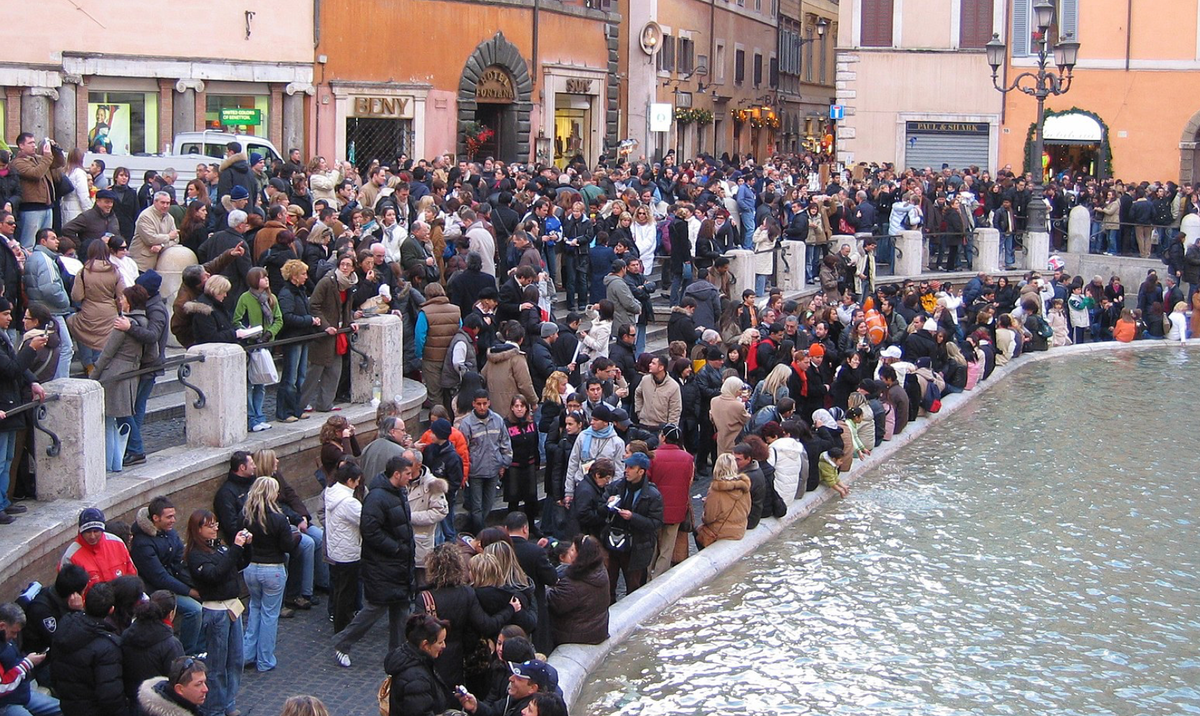
Author: Maria Paola Pasini, Catholic University of Sacred Heart Milan
Editor: Giuseppe Francaviglia, 360info European Commissioning Editor
DOI 10.54377/a419-7eea
This story was originally published at 360ingo.org.
Around 12 million tourists visited Barcelona in 2023. That number is expected to increase in 2024,putting the city of 1.6 million under considerable strain.
It’s little wonder, then, locals are unhappy with their streets becoming overrun by visitors.
The fight back against tourism has resulted in protests which highlight the frustration of residents whose daily lives are disrupted by the flood of outsiders.
Slogans such as “tourists go home” and anti-tourism rallies have underscored the tension between the city’s booming holiday industry and inhabitants struggling with rising costs and overcrowded neighbourhoods.
Overtourism has become a significant topic in recent years. The numbers explain why.
In the first quarter of 2024, international overnight visitors reached 97 percent of 2019 levels: an estimated 285 million tourists travelled internationally, marking a 20 percent increase compared to the same period of 2023, which saw a total number of overnight visitors of 1,286 million.
The data on tourist numbers carries impact. How the media portrays that data is just as important.
Public debate on the potential negative effects of uncontrolled tourism is heavily influenced by local perceptions.
So, methods for calculating tourist flows and how those figures are reported become crucial.
Learning that your hometown will be “invaded” by six million people, versus “just” 700,000, clearly has a different impact.
Can we measure “excessive tourism”?
Overtourism refers to the negative effects on popular destinations in the absence of proper and conscious management of the dynamics that fuel tourism.
These effects can result in serious economic, environmental, social, and cultural imbalances, and may even harm the tourism industry in the long run.
Overtourism depends largely on how effectively institutions and stakeholders can manage the number of visitors in specific areas.
A key concept in this debate is “carrying capacity,” which refers to the maximum number of visitors a destination can handle without damaging the local environment or diminishing the visitor experience.
In general, overtourism can be defined as “an excessive presence of tourists that brings negative socio-cultural and environmental consequences for residents, destinations, and tourists”.
However, “excessive tourism” is a complex and multifaceted phenomenon that can be measured through various methodologies. These methods can be divided into two broad categories: traditional and innovative.
Measuring tourist flows: traditional methods
Keeping track of visitors traditionally relies on recording arrivals and overnight stays. Institutional bodies, local authorities and operators gather the figures which are then aggregated at national levels (in Italy, for example, the Italian National Institute of Statistics provides a nationwide tourism overview).
This system has limitations as it relies on self-reporting, which may not always occur for various reasons, often related to fiscal matters.
And these methods completely overlook day visitors, who are not required to register because they do not stay overnight.
In many countries, tourist counts are estimated through ticket sales for monuments and museums (such as the Louvre or Eiffel Tower in Paris, Sydney Opera House, Picasso Museum in Barcelona, and Kyoto’s Kinkaku-ji temple).
Similarly, the number of passengers arriving at airports, train stations, ports, and bus terminals are used to count visitors. For island destinations, counting landings offers a simpler and more reliable method of tracking visitors.
Measuring tourist flows: innovative methods
New methods are increasingly being adopted to measure tourist flows with greater accuracy.
One approach is tracking visitors through mobile phone data, using cellphone towers to detect smartphones in specific areas for more than eight hours, for example.
This allows authorities to gather detailed information, including the nationality of visitors. However, this method also includes people in the area for non-tourist purposes, a limitation that has been addressed by refining algorithms to filter out regular commuters or workers.
GPS-based services, such as navigation apps, can also track tourist movements, providing real-time data on visitor flows. Other techniques include analysing credit card transaction data, electricity consumption, and urban waste production.
These methods offer a more comprehensive picture of tourist behaviour. Additionally, AI-equipped cameras with “human detection” capabilities can count the number of people passing through a given area.
How tourism numbers are communicated to the public can significantly influence perceptions.
For example, the city of Brescia, one of Italy’s Capitals of Culture in 2023, reported more than 6 million visitors based on mobile phone data. But the number of overnight stays was about 750,000.
The difference between these two figures illustrates how data presentation can drastically alter the perceived impact of tourism.
Different forms of overtourism
Overtourism can differ depending on where it happens (such as a city or a specific location within a city, or a place of natural beauty).
Hard overtourism: this occurs when a large, unsustainable concentration of tourists is confined to a relatively small area. Examples include the Sagrada Familia in Barcelona, Piazza San Marco in Venice, Piazza della Signoria and the Uffizi in Florence, Lake Braies in Trentino Alto Adige, and Sirmione on Lake Garda (a town of 8,000 residents with 1.5 million annual visitors). These places often become unlivable for residents, who may be pushed out due to high rents from short-term rentals and gentrification.
Medium overtourism: this happens in cities where some neighbourhoods experience heavy tourist flows while others remain relatively unaffected. For example, parts of Venice, such as the Castello district, are not far from Piazza San Marco but still maintain a significant residential population and experience lower tourist density. Residents in these areas continue to coexist with tourists, although signs of discomfort are starting to emerge.
Spotty overtourism: in broader tourist regions, some locations may be overwhelmed while others remain under-visited. Coastal areas and their hinterlands are prime examples. In these cases, locals often relocate to less crowded areas that offer better access to services.
For each of these cases, different strategies and tourism policies can be implemented to alleviate the pressure by redistributing tourist flows across the country and throughout the year.
Mitigating overtourism
Addressing overtourism requires a nuanced approach that balances the need for preserving local life with the demands of tourism.
Possible solutions include redistributing tourist flows across both space and time. For instance, promoting alternative destinations can help ease the pressure on iconic sites, though this strategy is not always easy to implement.
Spreading tourism across different seasons — known as “deseasonalisation” — can alleviate overcrowding in peak periods. This approach can work well for locations that rely heavily on business and conference tourism.
For spotty overtourism, improving general infrastructure and services, such as alternative transportation options, can help better accommodate increased tourist activity. Deseasonalisation is particularly relevant here, as extending the tourist season with events spread over a broader timeframe can reduce peak-time pressure.
On Lake Garda in northern Italy, where 25 million visitors were recorded in 2023 using traditional methods, initiatives are being introduced to promote less congested inland areas.
One involves encouraging food and wine tourism, particularly in the off-peak seasons of spring and autumn. This could offer opportunities to extend the tourist season — an area that has been the subject of much research and discussion.
Overtourism is a pressing global issue that affects popular tourist destinations and the people who live in them. The key to addressing this challenge lies in developing better measurement techniques and adopting targeted strategies to manage visitor flows.
By redistributing tourism across regions and seasons, and by promoting alternative, less congested destinations, authorities can help mitigate the negative impacts of overtourism while still supporting the industry’s growth.
This will, however, require careful planning, coordination, and communication to ensure that solutions are sustainable in the long term.
Maria Paola Pasini is a researcher in Economic History at the Catholic University of the Sacred Heart. She teaches Territory and SME Marketing, and History of Tourism in the Faculties of Language Sciences and Humanities. She is currently involved in a three-year project within the PNRR on the theme of ‘Tourism and Sustainability’. She is the secretary of the Lake Garda Tourism Observatory (OTG), a research centre of the Catholic University.
License
Pasini, Maria Paola. "Understanding the Data Behind Overtourism." 360info, 7 October 2024. Republished under a Creative Commons Attribution 4.0 International (CC BY 4.0) license.

